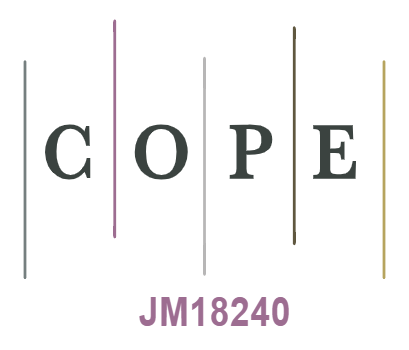Prevalence of hyperuricemia and its correlation with cardiovascular risk factors in Iraqi subjects of karbalaa city.
DOI:
https://doi.org/10.32007/jfacmedbagdad.541777Keywords:
Uric acid, Hyperuricemia, Cardiovascular risk factors.Abstract
Background Uric acid an independent risk factor for cardiovascular mortality is still disputed as several studies have suggested that hyperuricemia is merely associated with cardiovascular diseases because of confounding factors such as obesity, dyslipidemia, hypertension, use of diuretics and insulin resistance .Moreover, there is still no well-established pathophysio-logical link between hyperuricemia and the development of cardiovascular complications
Objectives: The purpose of the present study is to investigate the prevalence and the clinical correlation of hyperuricemia with cardiovascular risk factors in Karbalaa city in Iraq.
Subjects and method: The investigations were performed between October 2009 and June 2010 on 130 subjects of different ages who attended the public clinic in AL- Hussainy teaching hospital in Karbala. Total cholesterol and triglycerides were determined enzymaticaly. High density lipoproteincholesterol was measured similarly after precipitation with magnesium phosphotungstate. Fasting blood glucose was obtained using enzymatic oxidation method. Uric acid was determined using enzymatic methods
Results: 19% of the subjects had the elevated level of serum uric acid. In the current study, positive correlations was found between serum uric acid levels and body mass index, plasma glucose, total and low density lipoprotein - cholesterol and triglyceride levels but a negative correlation between uric acid level and high density lipoprotein -cholesterol level.
Conclusion: In conclusion, these data show that hyperuricemia is closely linked to the various components of the metabolic syndrome and independently related to coronary artery disease.










 Creative Commons Attribution 4.0 International license..
Creative Commons Attribution 4.0 International license..


